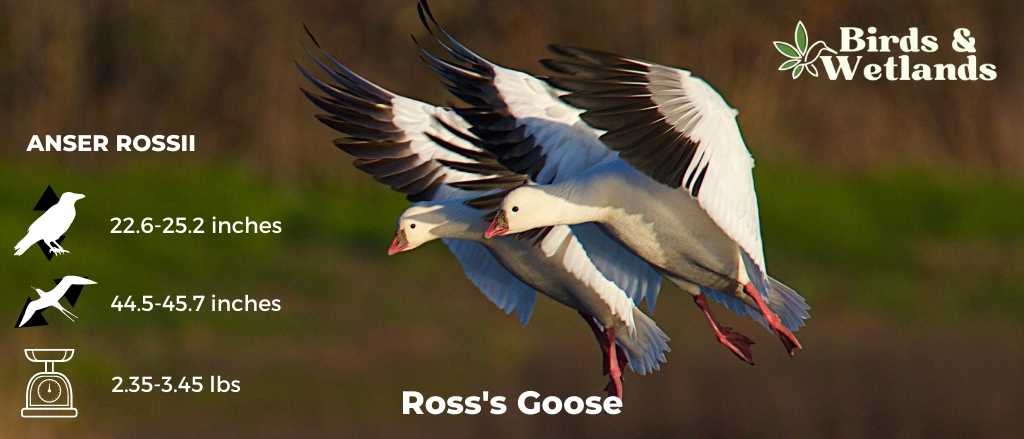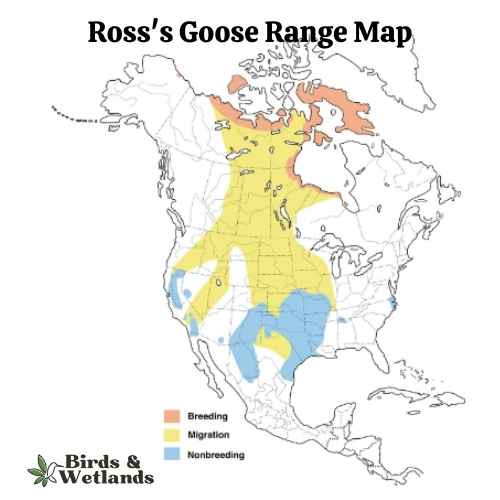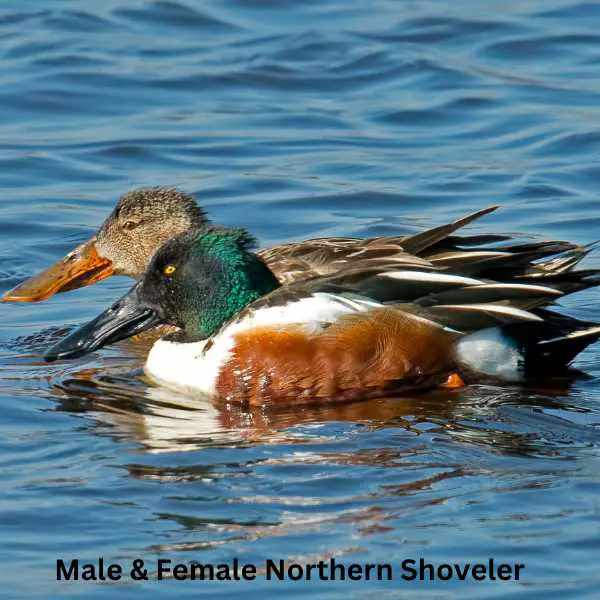Montana is home to a diverse array of hawks, attracting birdwatchers and nature enthusiasts from around the world. With its vast and varied landscapes, including mountains, forests, and open grasslands, Montana offers ideal habitats for many hawk species. From the iconic Red-tailed Hawk to the elusive Ferruginous Hawk, these majestic birds of prey can be found soaring through the Big Sky Country.
List of Hawks in Montana:
Red-tailed Hawk: Found throughout Montana in a variety of habitats, including open fields, forests, and along highways.
Northern Harrier: Commonly seen in marshes, wetlands, and open fields, particularly in areas like the National Bison Range and Freezeout Lake.
Cooper’s Hawk: Often observed in woodlands, forests, and suburban areas, including towns such as Missoula and Bozeman.
Sharp-shinned Hawk: Typically found in forested areas and near bird feeders in residential areas across the state.
Swainson’s Hawk: Known to frequent open habitats like prairies and agricultural fields, especially during their migration. Spotted in locations such as the Bitterroot Valley.
Ferruginous Hawk: Prefers open grasslands, prairies, and agricultural areas, particularly in eastern Montana and the prairie regions.
Broad-winged Hawk: Occasionally spotted in Montana’s forests and wooded areas during their migratory periods, such as the Kootenai National Forest.
Rough-legged Hawk: A winter visitor to Montana, often seen in open fields and agricultural areas during the colder months.
Northern Goshawk: Rarely seen in Montana but primarily observed in large forests, especially in the western part of the state.
Red-shouldered Hawk: Uncommon in Montana but found in mixed woodlands near water bodies, such as the Clark Fork River and Flathead Lake.
Ross’s Goose


Listen
Scientific Name: Anser rossii
Length: 23.2-25.2
Wingspan: 44.5-45.7 in
Weight:42.3-55.3 oz
The Ross’s Goose is a small species of waterfowl often found in North America’s tundra and wetland habitats.
Appearance: Known for its compact size, the Ross’s Goose is mostly white with black wingtips. It features a short, stubby bill and a rounded head. One key identifying feature is the blueish gray base of its bill, which has a warty structure during the breeding season.
Diet: This goose feeds mainly on vegetation, including seeds, leaves, and roots of grasses and sedges. During winter and migration, they also consume grains and seeds from agricultural fields.
Reproduction: The Ross’s Goose nests on the ground, often in colonies. The female lays a clutch of 2 to 5 eggs which she incubates for around three weeks. The young geese, known as goslings, are precocial – they can walk, swim, and feed themselves shortly after hatching, although they stay with their parents until they learn to fly.

Listen to Garganey
Garganey is a small duck with a slender body, long neck, and short bill. It has a black head, neck, and upperparts. The breast is white with dark spots in the center of each feather. The flanks are brownish-gray and the belly is white. The legs and feet are orange-yellow.
The Garganey feeds on insects, mollusks, fish, frogs, and worms. It nests near water, where it can be seen diving for food with its bill pointed downward.
The garganey’s habitat includes shallow freshwater lakes, ponds, and marshes with reeds or other tall vegetation near them. They live in flocks during the breeding season but tend to be solitary during migration and winter months.
It breeds over most of Europe and the Palearctic, as well as northern Asia and North America but it is purely migratory, with the whole population migrating to Southern Africa, India, Bangladesh, and Australasia during the Northern Hemisphere winter, when vast flocks may be seen.
The garganey is listed as Least Concern by IUCN due to its large range estimated at 1 million km2 (390 000 mi2).
Scientific Name: Spatula querquedula
Height: 41 cm
Wingspan: 58 – 69 cm
Weight: 300- 440 g
Northern Shoveler


Listen to Northern Shoveler
Scientific Name: Spatula clypeata
Length: 16 in
Wingspan: 22 in
Weight: 14 oz
The Northern Shoveler is a distinct species of dabbling duck celebrated for its long, spoon-shaped bill, a feature that sets it apart from other ducks and gives the bird its name.
Appearance: Male Northern Shovelers are particularly striking, boasting a green head, yellow eyes, a large black bill, and a white chest, complemented by a chestnut-colored body. Females, on the other hand, feature a more muted color scheme, primarily displaying mottled brown feathers across their bodies and a slate-gray bill.
Diet: The Northern Shoveler’s unique bill is perfectly adapted for its feeding habits. The edges of the bill are furnished with comb-like structures that enable the bird to filter food from water. Their diet predominantly consists of aquatic invertebrates and plant matter, including seeds and algae.
Reproduction: Northern Shovelers typically nest on the ground, concealed within dense, grassy areas close to water bodies. The female lays a clutch of about 9 to 12 eggs and is solely responsible for their incubation, which lasts for about three to four weeks.
Where to Spot Hawks in Montana
The best place to find the widest range of hawks in Montana is the Bitterroot Valley. This valley offers a diverse habitat with open fields, forests, and wetlands, attracting a variety of hawk species throughout the year.
National Bison Range: Located near Moiese, this wildlife refuge is known for its diverse bird population, including hawks. Look for hawks perched on fence posts or soaring above the grasslands.
Freezeout Lake Wildlife Management Area: Situated near Fairfield, this area attracts a large number of hawks during the spring and fall migrations. The vast wetland provides excellent hunting grounds for these birds of prey.
Glacier National Park: This iconic national park in northwest Montana is not only known for its stunning landscapes but also for its diverse birdlife. Hawks can be spotted soaring above the forests and mountain ranges, especially during the summer months.
Medicine Lake National Wildlife Refuge: Located in northeastern Montana, this refuge offers a mix of grasslands, wetlands, and shrublands, providing an ideal habitat for hawks. Keep an eye out for these majestic birds while exploring the area.
Yellowstone National Park: While primarily known for its wildlife and geothermal features, Yellowstone National Park is also home to various hawk species. Look for them in the park’s meadows, along rivers, and perched on trees.
Hawks can be found in Montana throughout the year, but their abundance and behavior can vary depending on the season. During the breeding season, which typically occurs from spring to early summer, hawks are often seen engaging in courtship displays and nesting activities. Open fields, wetlands, and forests near water sources are preferred nesting sites.
In the fall, Montana becomes a prime location for hawk migration, as many species pass through the state on their way to wintering grounds. This is an excellent time to observe large numbers of hawks as they gather and soar in thermals, taking advantage of favorable wind conditions.
While the hawks in Montana offer a fascinating glimpse into avian biodiversity, their presence is not confined to this state alone. For instance, the rugged landscapes of Idaho, harbor a similar diversity of these formidable raptors see our guide on hawks in Idaho. Immerse yourself in their world of hawks in Wyoming. These regions together form a breathtaking panorama of nature, where the soaring hawks are an integral part of the scenic tapestry.
Facts about Hawks in Montana
Montana is home to the largest breeding population of Ferruginous Hawks in the United States. These majestic raptors are known for their large size and beautiful rust-colored plumage. They prefer open grasslands and prairies, making Montana’s vast landscapes an ideal habitat for them.
The Prairie Falcon, a unique species of hawk, can be found in Montana’s arid regions. This falcon has adapted to the desert-like conditions and is known for its remarkable hunting skills and distinctive black “moustache” markings on its face.
Montana is an important stopover site for the annual migration of Swainson’s Hawks. These hawks travel long distances from their wintering grounds in South America to their breeding grounds in North America. They can be seen in large numbers during their spring and fall migrations, particularly in areas with open habitats and agricultural fields.
The Bitterroot Valley in western Montana is a hotspot for observing a variety of hawk species. The valley’s diverse habitats, including open fields, forests, and wetlands, attract a wide range of hawks throughout the year. It is an excellent location for birdwatching enthusiasts and photographers.
Montana is one of the few states where you can spot the elusive Northern Goshawk. Although they are rarely seen, these powerful and secretive birds of prey inhabit large forests, especially in the western part of the state. Their presence indicates the health and diversity of the forest ecosystem.
FAQs About Hawks in Montana
What is the most common hawk in Montana?
The most common hawk species in Montana is the Red-tailed Hawk (Buteo jamaicensis). Red tailed hawks are widespread and can be found in a variety of habitats, including open fields, forests, and along highways throughout the state. The Northern Goshawks which are elusive birds are rarely seen.
What is the biggest hawk in Montana?
The biggest hawk species in Montana is the Ferruginous Hawk (Buteo regalis). With a wingspan of up to 55 inches and a length of around 23-27 inches, they are known for their large size and powerful build. They prefer open grasslands and prairies, particularly in eastern Montana.
What is the smallest species of hawks in Montana?
The smallest hawk species in Montana is the Sharp-shinned Hawk (Accipiter striatus). They are relatively small with a wingspan of about 20-27 inches and a length of around 10-14 inches. They are typically found in forested areas and near bird feeders in residential areas across the state.
When is the breeding season for hawks in Montana?
The breeding season for hawks in Montana varies depending on the species. Generally, it occurs from late spring to early summer, typically between April and July. Different species may have slightly different timing within this range. During this time, other hawks engage in courtship displays, nest-building, and raising their young.
What do hawks eat in Montana?
Hawks in Montana primarily feed on small mammals such as rodents (mice, voles), rabbits, ground squirrels, and occasionally small birds. They are skilled hunters and rely on their sharp talons and excellent vision to spot and capture their prey.
Are Hawks protected in Montana?
Yes, hawks are protected in Montana under state and federal laws. They are considered migratory birds and are protected by the Migratory Bird Treaty Act, which prohibits the hunting, capturing, or harming of these birds without proper permits. It is important to respect and conserve these magnificent raptors and their habitats.


